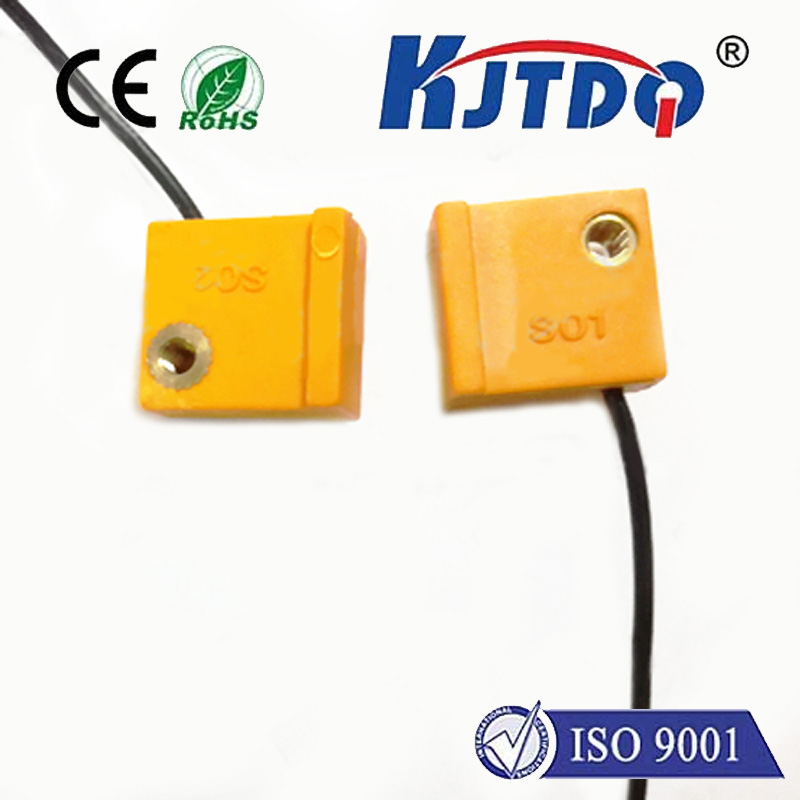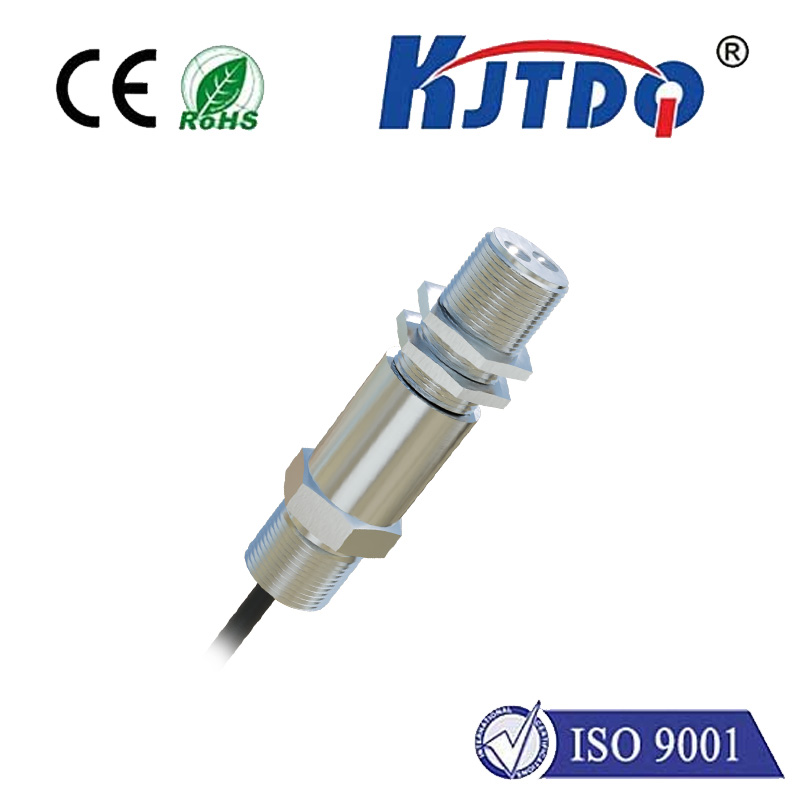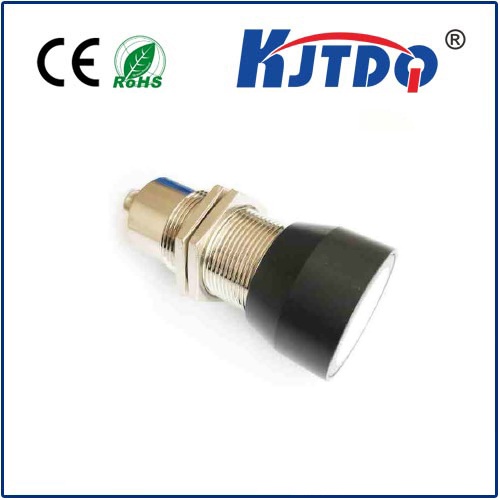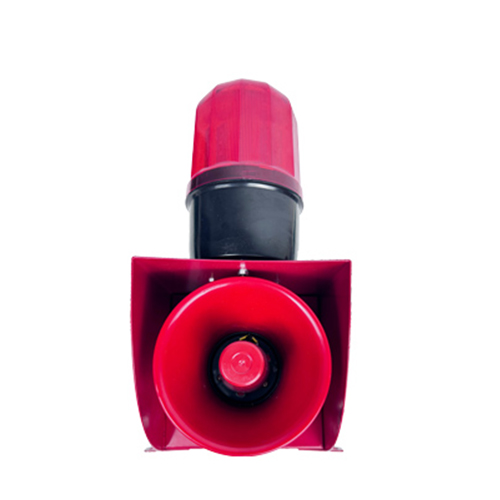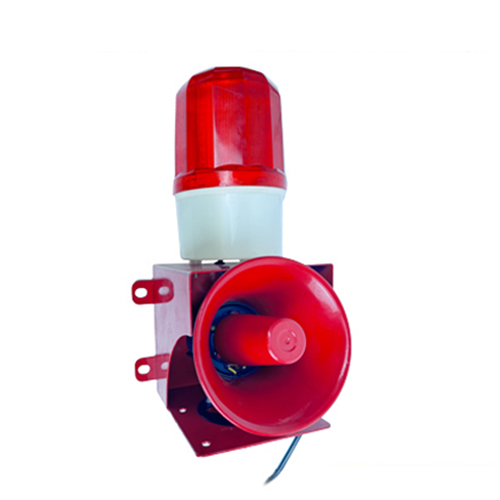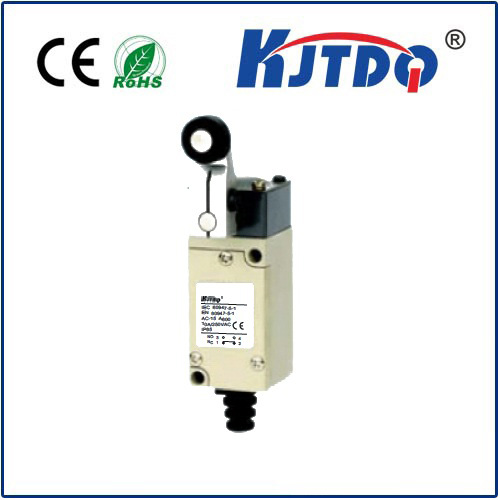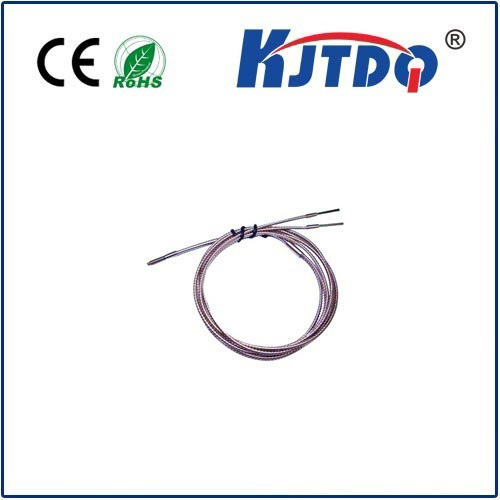high limit control
- time:2025-08-03 02:56:40
- Нажмите:0
High Limit Control: Your Industrial Safety Net Against Catastrophic Failure
Imagine a boiler pressure gauge creeping relentlessly higher, alarms silenced or ignored, temperatures soaring past design thresholds. Without a critical safeguard, this scenario can escalate from a concerning reading to a devastating explosion in moments. This vital, often unsung hero of industrial safety is High Limit Control. Far more than just an alarm, it’s the definitive, automatic last line of defense against equipment damage, environmental harm, and potential loss of life. Understanding its function and importance is paramount for operational integrity and risk management.
What Exactly is High Limit Control?
At its core, high limit control is an independent, safety-focused control function embedded within process systems. Its singular mission is to detect when a critical process variable (like temperature, pressure, level, flow, or speed) approaches or surpasses a predefined, absolute maximum safe operating limit. When this limit is breached, the high limit controller takes immediate, decisive, and independent action – typically initiating an automatic shutdown or driving the system to a predetermined safe state.
Think of it as an emergency brake activated solely when the primary systems fail to prevent an imminent crash. While standard process controllers manage variables within an optimal operating range (the “setpoint” with acceptable deviations), the high limit controller is deliberately set at a higher threshold, reserved solely for emergencies. It operates on a simple principle: Prevent the worst-case scenario at all costs.
Why Can’t Regular Control Loops Handle This?
Main process controllers are designed for efficient operation and maintaining stability within normal parameters. However, they can fail:

- Sensor Malfunction: A faulty temperature sensor might report inaccurate low readings, allowing actual temperatures to climb dangerously high undetected.
- Controller Failure: The main controller hardware or software could crash or behave erratically.
- Human Error: Overriding alarms, incorrect settings, or delayed manual intervention.
- Extreme Upsets: Sudden, unforeseen events (like a chemical reaction runaway) that overwhelm the control system’s ability to compensate.
The high limit control system is specifically engineered to be independent or segregated from these primary controls. It often utilizes:
- Dedicated Sensors: Separate sensors feeding directly into the high limit switch or controller, reducing common cause failures.
- Simplified Logic: Its action is typically binary – safe state or shutdown. No complex tuning required.
- Physical Safety Devices: Sometimes incorporates hard-wired switches or mechanical trips (like rupture disks feeding pressure switches) for ultimate reliability.
Core Components and Operation
A robust high limit control system generally involves:
- Sensing Element: A dedicated sensor (thermocouple, RTD, pressure transducer, level switch, etc.) monitoring the critical variable.
- High Limit Switch or Controller: This device receives the sensor signal. It is programmed or calibrated with the absolute maximum safe value (the high limit setpoint). Crucially, this setpoint is significantly higher than the normal operating range or even the high alarm point of the main controller. This separation is key.
- Actuation Mechanism: When the measured value reaches or exceeds the high limit setpoint, this component triggers the predefined safety action. This could be:
- Sending a direct signal to a Safety Instrumented System (SIS) or safety PLC.
- Cutting power directly to a heater element or motor starter.
- Opening or closing critical safety valves.
- Initiating a full process unit shutdown sequence.
- Annunciation: Providing a clear, distinct alarm indicating the high limit has been tripped, differentiating it from standard process alarms.
Where High Limit Control is Non-Negotiable
High limit control is indispensable across numerous high-hazard industries:
- Power Generation: Preventing boiler overpressure explosions, turbine overspeed disintegration, generator overheating.
- Oil & Gas Refining: Controlling distillation column pressures, reactor temperatures (critical in hydrocracking, catalytic reforming), furnace operations.
- Chemical Processing: Managing exothermic reaction temperatures, pressure in polymerization reactors, levels in volatile storage tanks.
- HVAC Systems: Preventing furnace or boiler overheating in large commercial systems.
- Производство: Overseeing temperatures in heat treatment ovens, injection molding machines, and metal casting processes. Preventing conveyor or machine overspeed.
The Tangible Benefits of Robust High Limit Control
Implementing and maintaining reliable high limit control systems delivers significant advantages:
- Повышение безопасности: This is the paramount benefit. It drastically reduces the risk of catastrophic incidents protecting personnel, the public, and first responders.
- Asset Protection: Prevents costly, often irreparable damage to expensive equipment like pressure vessels, reactors, turbines, and heat exchangers by stopping operation before destructive conditions occur.
- Environmental Stewardship: Mitigates the risk of large-scale spills, releases of hazardous materials, or fires resulting from uncontrolled process excursions.
- Reduced Downtime & Costs: While a shutdown is disruptive, the alternative – catastrophic failure – leads to much longer, more expensive downtime, potential fines, lawsuits, and reputational damage. Effective high limit control minimizes the ultimate impact.
- Regulatory Compliance: Adherence to stringent safety standards (e.g., OSHA PSM, IEC 61511 for Safety Instrumented Systems, API standards) often mandates the implementation of independent safety layers like high limit control.
- Insurance Requirements: Many insurers require demonstrably robust safety systems, including verified high limit controls, to provide coverage at reasonable rates.
Implementing High Limit Control Effectively: Best Practices
Merely having a high limit device isn’t enough. Ensuring it functions correctly requires diligence:
- Independent Verification: Settings must be physically distinct from main controller setpoints and alarms. Use separate sensors where feasible and practical.
- Regular Testing and Calibration: Safety systems can degrade. High limit switches and sensors must undergo functional testing and calibration according to a strict schedule, documented rigorously. This testing confirms the setpoint accuracy and the proper initiation of the safety action.
- Bypass Management: If bypassing the high limit is ever necessary (e.g., for maintenance), implement strict management of change (MOC) procedures, time limits, compensatory measures, and clear authorization protocols. Avoid bypasses whenever possible.
- Clear Documentation: Maintain up-to-date documentation showing the high limit setpoint, calibration records, test procedures, and bypass logs.
- Training: Personnel must understand the critical role of the high limit, its location, action, and the implications of a trip. They need to know never to adjust or disable it without proper authorization and procedures.
- Integration with SIS: For the most critical processes, high limit control is often integrated into a broader Safety Instrumented System, providing redundancy and higher Safety Integrity Levels (SIL).
Beyond the Alarm: The Ultimate Backstop
High limit control transcends being merely an alarm point. It embodies a fundamental safety philosophy: Recognize that primary controls can, and sometimes do, fail. Therefore, an independent, reliable, and automatic mechanism must exist to definitively stop the process before crossing into dangerous territory. It demands respect, proper maintenance, and unwavering adherence to safety procedures. Neglecting this critical safeguard courts disaster, while valuing and maintaining it builds a formidable barrier against catastrophic loss. In the complex symphony of industrial operations, high limit control is the unwavering conductor that stops the music before the instruments shatter. It is not just control; it is the essential guarantee of safety when normal control reaches its breaking point.

